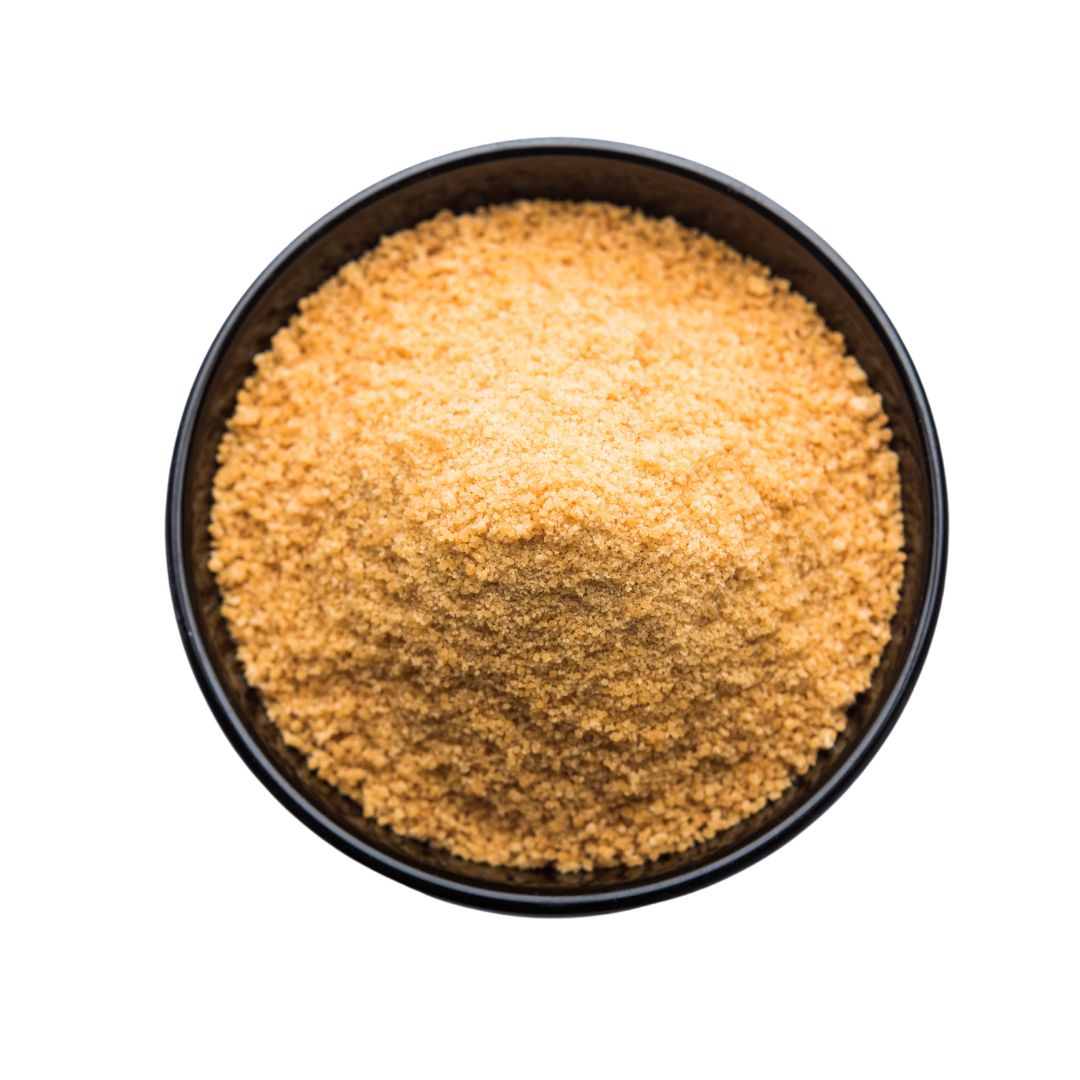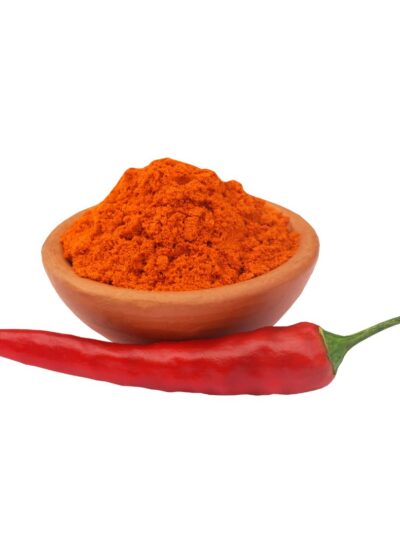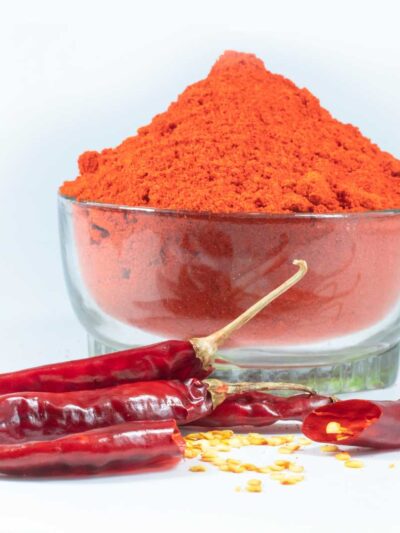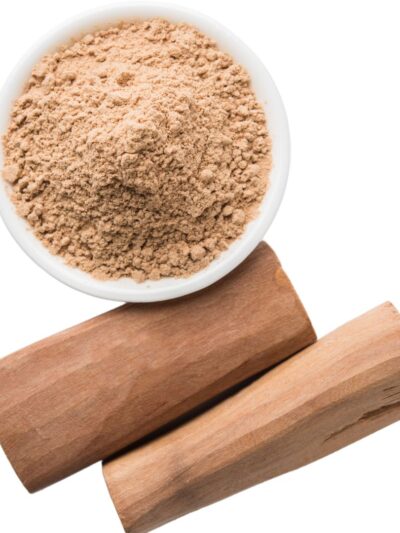The specific ingredients and proportions of dhall powder can vary depending on the recipe and family tradition. However, some common components include:
- Lentils: Various types of lentils can be used, such as Chana dal (Bengal gram), Moong dal (green gram), Masoor dal (red lentils), or Urad dal (black gram).
- Spices: Turmeric, cumin, coriander, fenugreek, chili powder, and ginger are frequently included.
- Other ingredients: Asafoetida, curry leaves, and dry coconut may be added for extra flavor and aroma.
Dhall powder is used in various ways in Kerala cuisine:
- As a base for dals and curries: It adds depth and complexity of flavor to lentil dishes.
- As a seasoning: It can be sprinkled on rice, vegetables, or other dishes for a quick and flavorful boost.
- As a marinade: Dhall powder can be used to marinate meat or seafood before grilling or roasting.
- In chutneys and dips: It adds a unique flavor and texture to these condiments.
Dhall powder offers several benefits:
- Rich in nutrients: Lentils are an excellent source of protein, fiber, vitamins, and minerals.
- Convenient: Dhall powder is a shelf-stable ingredient that can be readily used when needed.
- Versatile: It can be used in various dishes and adds a unique flavor profile.
- Healthy: Dhall powder is a low-fat, low-calorie ingredient that can be part of a healthy diet.
Here are some popular dhall powder variations in Kerala:
- Red Dhall Powder: Made with red lentils and spices like chili powder and turmeric, it has a spicy and smoky flavor.
- Green Dhall Powder: Made with green moong dal and spices like coriander and fenugreek, it has a fresh and earthy flavor.
- Coconut Dhall Powder: Made with roasted lentils and grated coconut, it has a sweet and nutty flavor.
No matter your preference, dhall powder is a valuable addition to any Kerala kitchen. It’s a versatile ingredient that can add depth, complexity, and flavor to various dishes. So, next time you’re looking for a way to elevate your South Indian cooking, give dhall powder a try.





